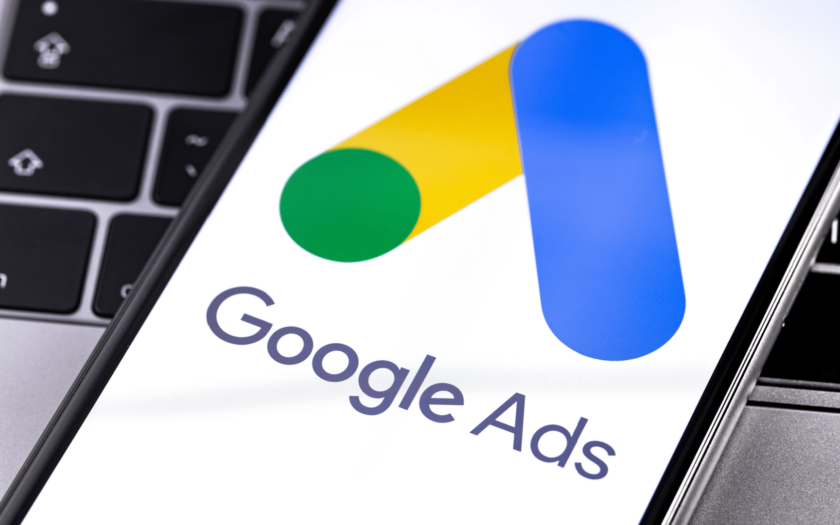The client understood the importance of launching (or relaunching) a new product category. It required investment and an unwavering focus on long-term goals (versus short-term wins). This wasn’t the time to take our foot off the gas.
Focusing on high-value keywords
In addition to restructuring the account, we also set about reducing the number of keywords in each ad group.
We eliminated thousands of keywords, narrowing them down to a handful of only the most high-value, top-converting ones. In this case, less was more.
With all of these account changes, we built a strong foundation from which we could not only launch and promote this new product category but also scale all product lines into the future.
Shifting to an audience-focused strategy
Our next step was to shift from product-focused, keyword-only campaigns to an audience-focused strategy.
A disclaimer: I don’t mean to imply that focusing on products and targeting them via relevant keywords is wrong. Sometimes, that strategy works just fine. However, in this case, I was confident we could do more for this client by shifting our approach.
How do you implement an audience-focused strategy? We started with remarketing.
The client’s prior agency had some remarketing campaigns in place, but the targeting was narrow. They used product-specific URLs in combination with dynamic remarketing.
As a result, the audiences were small and impressions were too low. It simply didn’t work.
As we started to better understand how buyers interacted with the client during their customer journey, we tested remarketing to people who had visited the website at different times. We tested people who had visited the website within:
The last seven days.
The last 14 days.
The last 90 days.
The last 365 days.
Note: You need to ensure these periods of time don’t overlap in order to draw comparisons. So, for example, if you want to determine if people who visited the site in the last 14 days converted better than those who visited the site in the last 90 days, you need to exclude the 14-day people from the 90-day group.
Customer lists
In addition to remarketing, we also introduced customer lists. This client had a goldmine of first-party data for all past farming and construction equipment purchases by product category.
This doesn’t happen all (or even most) of the time, so having this level of first-party data was a real bonus.
With this data, we could market to prior and existing customers in a budget-friendly and targeted way, going above and beyond what we could do with a standalone keyword campaign.
Dig deeper: How to combine Google Ads with other channels to retarget, nurture and convert
Obsess over your customers, not your products
By revising the account structure, focusing on remarketing and leveraging customer lists, we improved reach, conversions and revenue while staying within the client’s existing advertising budget.
We’re also helping the client future-proof their business by giving them new insights into performance and buyer behavior and enabling us to push and pull different levers to scale up the business when desired.
All of this is easier said than done. As hinted at above, you may not have enough volume for remarketing or access to first-party data. In that case, you may have no choice but to rely on keyword-only campaigns. There’s no shame in that.
But if you do have the option of shifting from keyword-only campaigns to an audience-focused strategy. It’s something to consider and test.
Contributing authors are invited to create content for Search Engine Land and are chosen for their expertise and contribution to the search community. Our contributors work under the oversight of the editorial staff and contributions are checked for quality and relevance to our readers. The opinions they express are their own.
